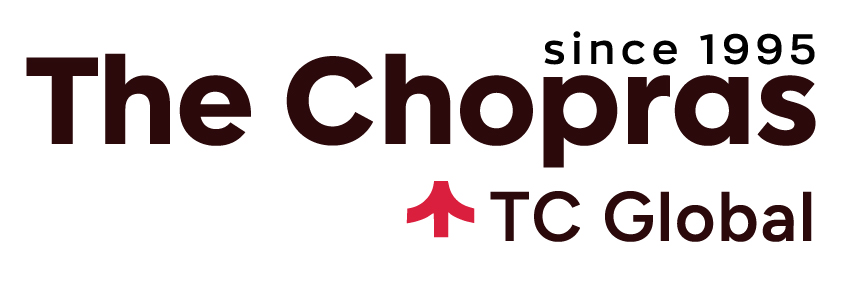The pandemic has taught a thing or two about the importance of figures.
We hear about mortality rates, positivity rates, infection rates, and disease peaks. We’ve grown so used to interpreting these figures that we forget the critical role which statistics play in generating meaningful insights out of numbers.
What’s Statistics got to do with it?
For starters, statistics is the discipline which deals with the collection and analysis of data in order to understand why things work the way they do. It helps to systematically collect, analyse, predict and represent data that is otherwise unruly and vague.
We see data all around us, in all sorts of forms (fun fact#1: We generate the same amount of recorded data in a week today, that we did in a year back in the 2000s). From the number of customers in your local supermarket to the number of pepperoni that makes a pizza slice perfect, it’s all data. This data can be analysed to predict the way things work.
What then is the role of data science?
Statistics that lack scientific evidence are usually made-up figures to substitute shoddy data collection and analysis methods. To overcome such challenges, the interdisciplinary field known as “data science” was created. The scientific study of making predictions and providing insights based on raw data which has been collected through different sources is known as data science. Prediction, classification, optimization, ranking, segmentation, recommendation are all concepts that are covered by data science.
It’s the number one application of statistics in the world as of today.







![Best Universities in New Zealand for International Students [2025 Rankings]](https://tcglobal.com/wp-content/uploads/2025/09/Best-Universities-in-New-Zealand-for-International-Students-2025-Rankings-600x338.png)